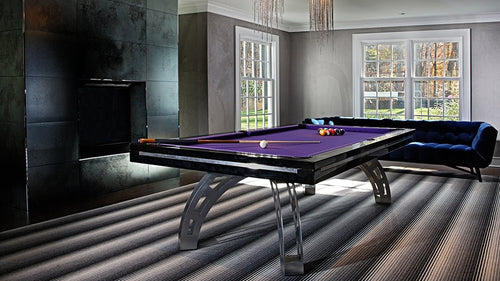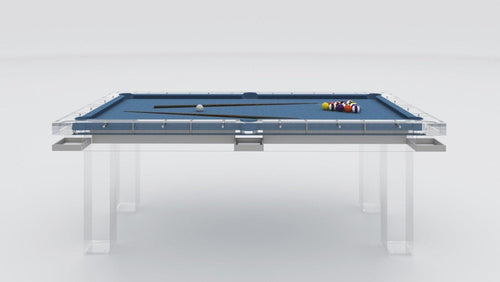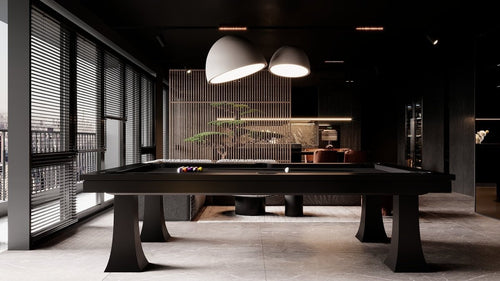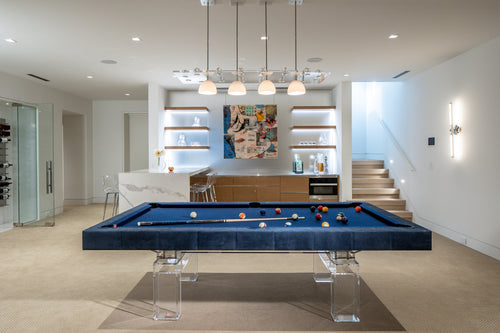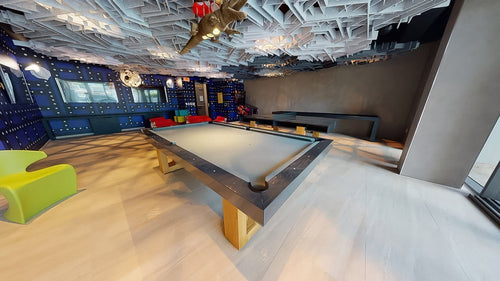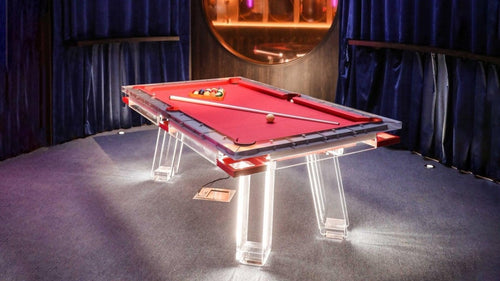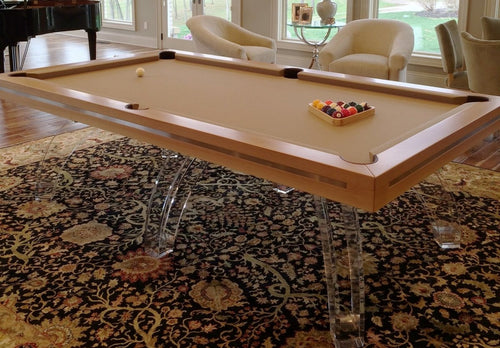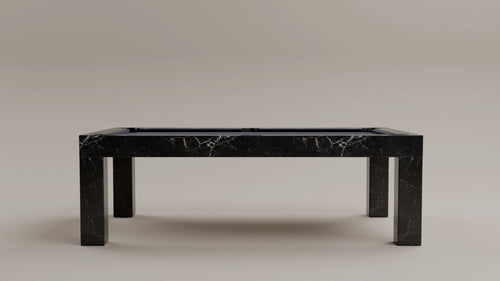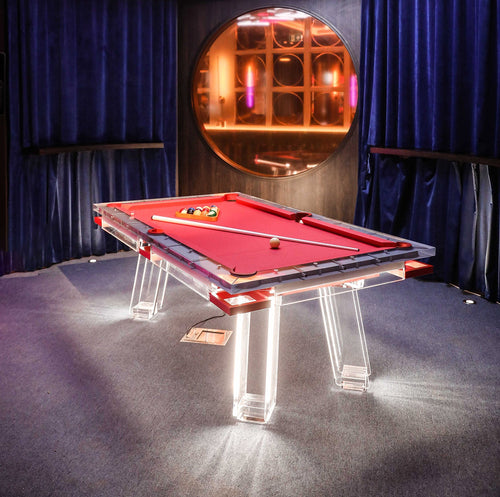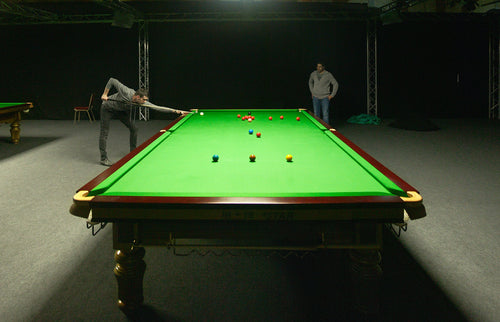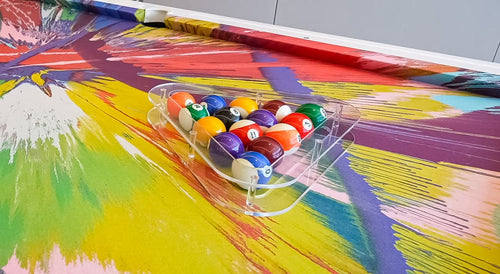Enjoy our modern designs
Estimated Read Time: 5 mins |
In interior design, experts agree that establishing clear goals is foundational. Goals go beyond simple lists of rooms or spaces—they capture what clients truly want to achieve and the deeper purpose behind each design requirement. Whether it's creating a welcoming atmosphere, promoting efficiency, or fostering collaboration, clear, defined goals inspire and guide the entire design process.
The Power of Goal Setting in Design
Clearly articulated goals act as a compass throughout the design journey. Each goal is evaluated for relevance, practicality, and integrity to ensure it aligns with the overarching vision. Designers connect these goals directly to design concepts, creating purposeful, intentional spaces.
Common Categories of Goals
- Image Goals: Conveying a client's brand identity or personal style.
- Functional Goals: Ensuring spaces support specific activities and workflows.
- Social Goals: Promoting interaction, communication, and community-building.
- Psychological Goals: Influencing mood, emotions, and overall wellbeing.
- Environmental Goals: Creating sustainable, resource-conscious spaces.
Setting Goals at Multiple Levels of Practice
Interior design professionals recognize that goal setting is multi-dimensional, influencing project outcomes, personal growth, business strategy, and professional values.
Project Goals
Clearly defining the client’s objectives—such as desired design outcomes, space utilization, budget constraints, and measurable results—is critical. Project-level goals ensure that designs not only look good but also genuinely reflect and support the client's intentions and functional needs.
Personal and Professional Goals
Interior designers benefit from setting personal and professional goals. Goal setting offers clarity in career trajectories, helping identify opportunities for growth and success. Regular evaluation of skills, interests, and strengths leads to achievable short-term and long-term objectives.
Firm-Level Goals
Interior design businesses thrive with clear goals established through strategic planning. Specific goals related to financial performance, market positioning, project management efficiency, and team development help firms direct resources effectively and measure progress.
Goals of the Interior Design Profession
At the highest level, the overarching goal of interior design is to craft functional, safe, beautiful, and sustainable environments. Professional education equips designers with the knowledge and skills required to achieve these outcomes responsibly, respecting client needs and environmental resources.
Integrating Goals for Holistic Success
An integrated approach to goal setting—addressing individual aspirations, firm-wide visions, project-specific requirements, and professional ethical standards—leads to designs that are not only aesthetically pleasing but aligned with meaningful objectives. This fosters satisfaction, functionality, and enduring success.
Clear goal setting is essential in interior design, guiding every decision and ensuring that the final environment meets both the practical and emotional needs of its occupants.



